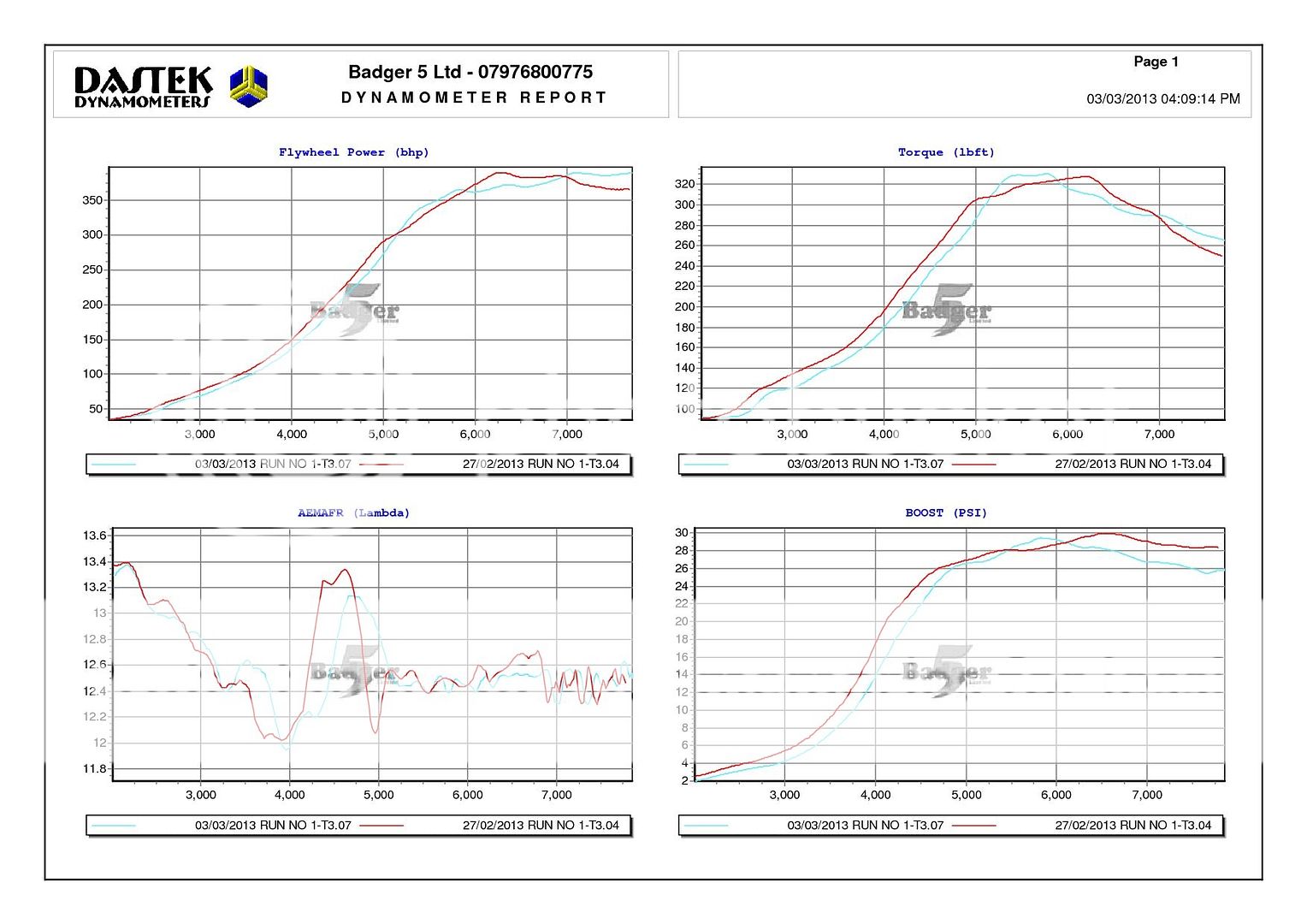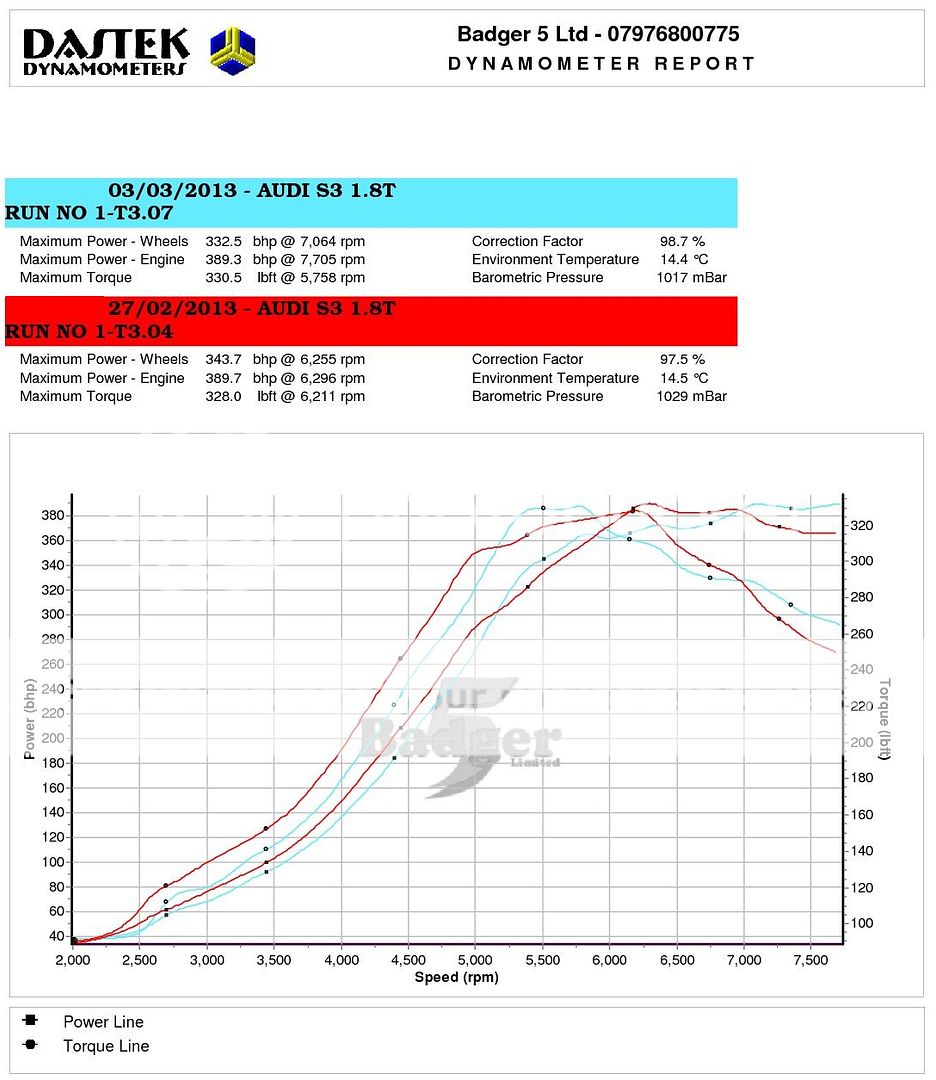- Joined
- Dec 8, 2006
- Messages
- 12,100
- Reaction score
- 4,340
- Points
- 113
- Location
- Eastleigh
- Website
- twitter.com
that 225g/s at 10psi is obviously on an F23 isn't it Doug? not a stock ko4-023
Still sounds good though
Still sounds good though























